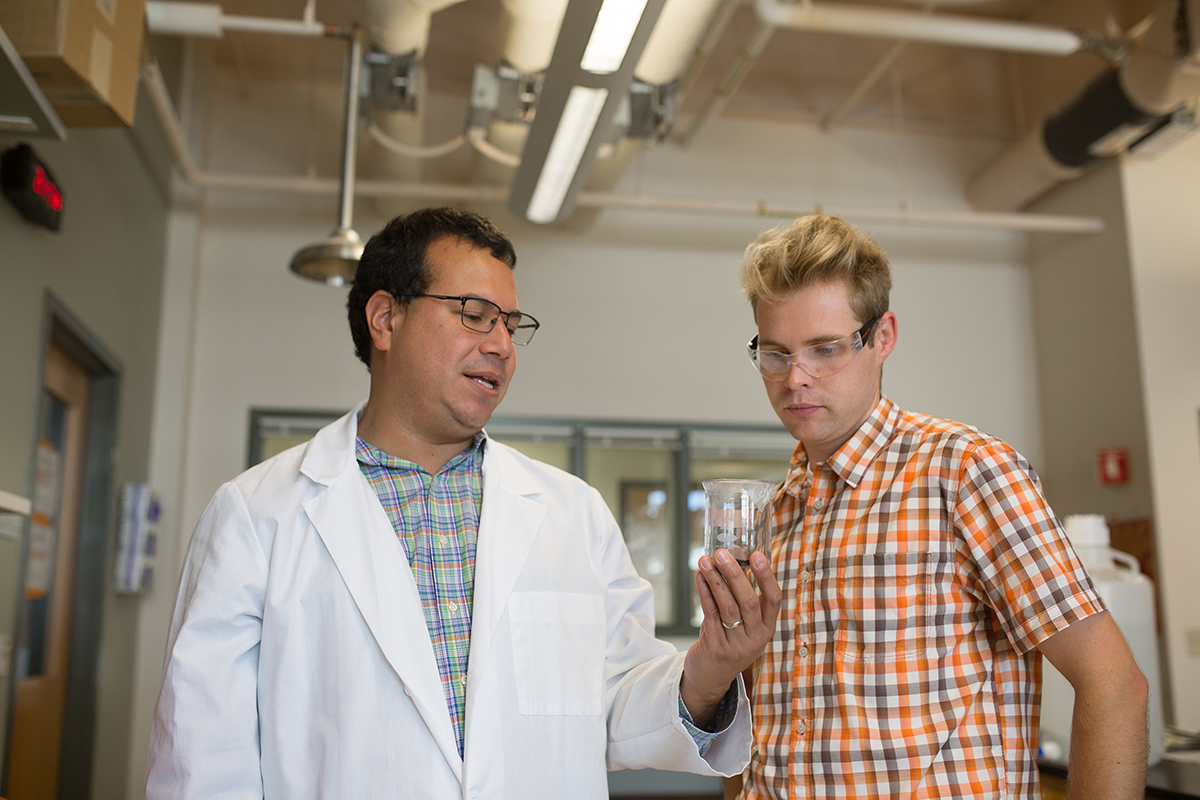Recent News
UNM Engineering team wins ASEE best paper for work on first-year engineering course
July 17, 2025
New director will enhance interdisciplinary engineering learning opportunities
July 2, 2025
Final SIRI cohort visits UNM campus
June 30, 2025
Perfetti receives ANS Landis Engineering Achievement Award
June 26, 2025
News Archives
UNM project on environmental behavior of metals receives Army Research Office funding
June 21, 2021 - by Kim Delker
Researchers from The University of New Mexico have received a three-year, $370,000 award from the Army Research Office, an element of the U.S. Army Combat Capabilities Development Command’s Army Research Laboratory, to contribute to the fundamental understanding of chemical reactions affecting the fate of toxic metal mixtures in conditions relevant to earth and environmental systems.

The project represents a collaboration between principal investigator José M. Cerrato (Department of Civil, Construction, and Environmental Engineering), and co-investigators Stephen Cabaniss (Department of Chemistry and Chemical Biology), Fernando Garzon (Department of Chemical and Biological Engineering) and Peter Lichtner (Center for Water and the Environment).
“We are excited to conduct this project which will contribute new insights about electron transfer reactions affecting metal speciation relevant for environmental chemistry and geochemistry,” Cerrato said.
The goal of the project is to investigate redox reactions in complex fluids containing mixtures of chromium, copper and relevant environmental constituents in waters and soils. The research team will integrate state-of-the-art spectroscopy, aqueous chemistry, reactive transport modeling and electrochemistry to investigate interactions of these environmental constituents with iron, which is the most abundant redox-active transition metal on earth.
The research will use cutting-edge facilities of the Center for Micro-Engineered Materials, the Analytical Chemistry Laboratory, and the Center for Water and the Environment at UNM. The outcomes from this investigation will be useful for understanding the fate and transport, and remediation of redox active toxic metal mixtures in earth and environmental systems.
